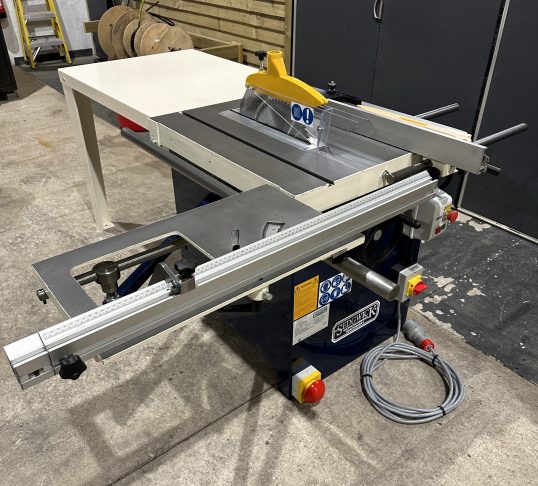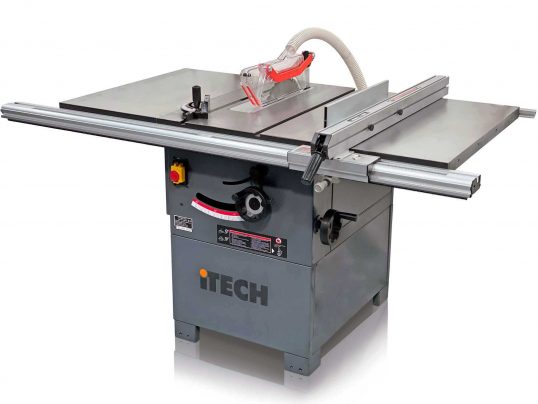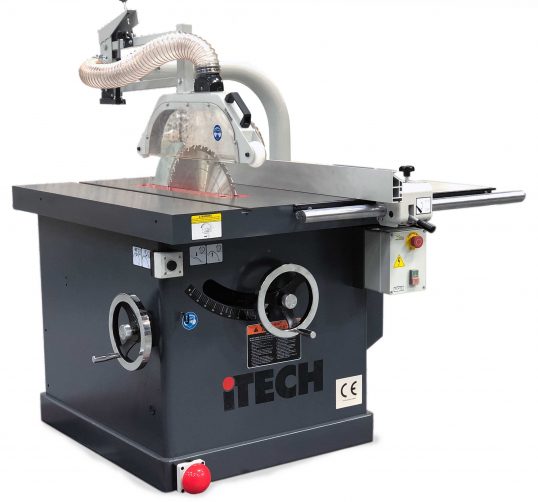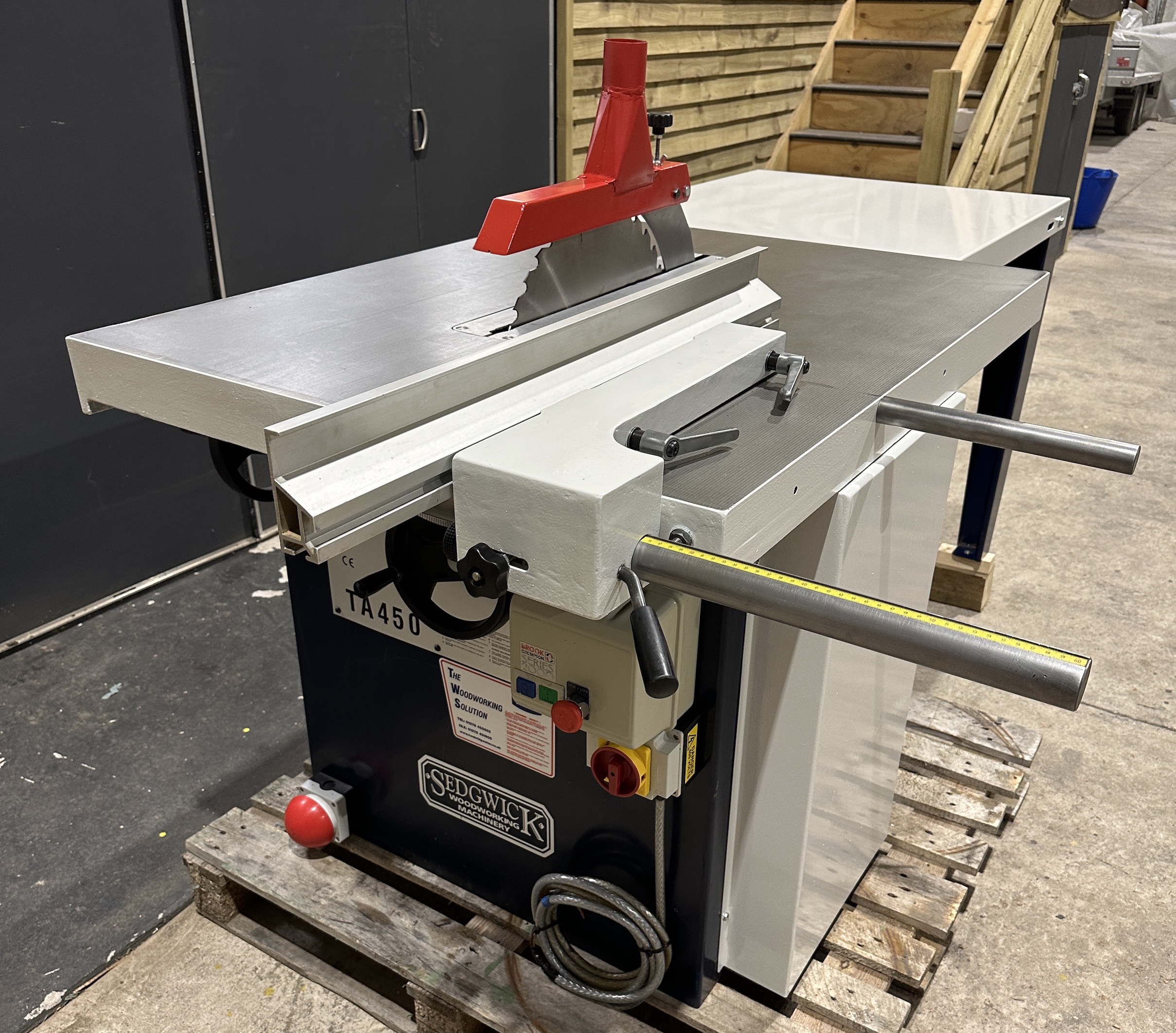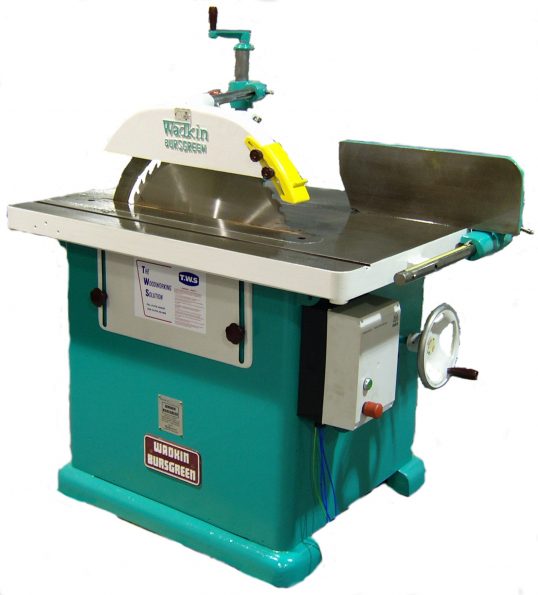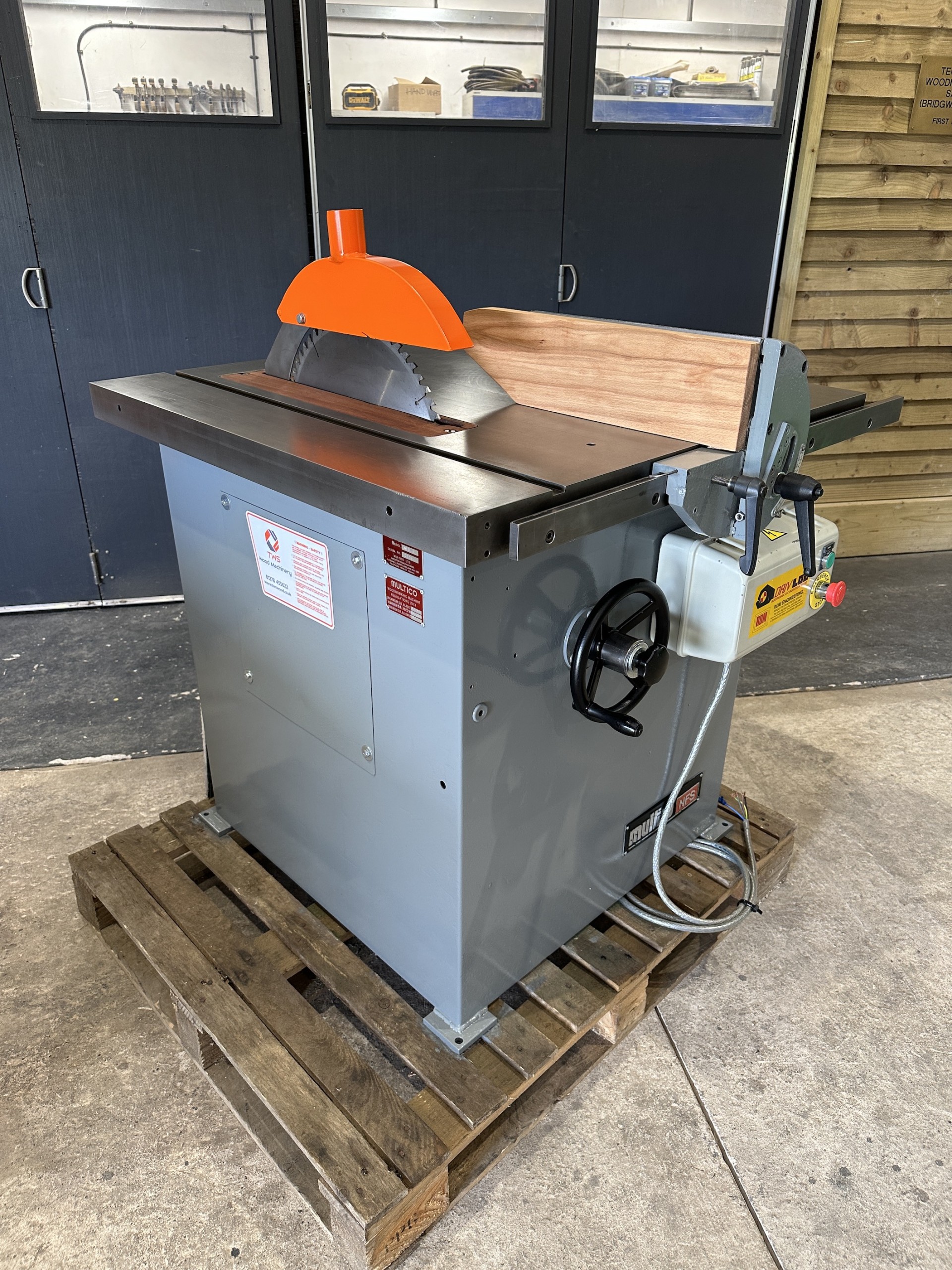If you need a new or used woodworking machine in a hurry but are currently short on accessible cash don’t worry. We work closely with Tower Finance to provide our customers with numerous flexible funding options that enable them to get the equipment they need quickly. If you’d like to talk through your options or have any questions about our stock or service get in touch. Call us on 01278 455 622 or email info@twswood.co.uk today.
Ripsaws for Woodworking
A ripsaw is an essential tool in woodworking, designed specifically for cutting along the grain of wood, which is known as “ripping.” These saws have uniquely angled teeth that make them highly efficient at removing material quickly while producing clean, straight cuts. Whether you’re working on large timber or preparing wood for furniture, ripsaws are crucial for breaking down large pieces of wood into more manageable sizes.
What Is a Ripsaw Used For?
Ripsaws are primarily used to cut wood along the grain. This process is fundamental in any woodworking project that requires large pieces of timber to be divided into smaller sections. Common uses include:
- Preparing boards and planks from logs or large stock.
- Cutting raw lumber for cabinetry and furniture making.
- Sizing down wood for construction or crafting.
Types of Ripsaws
There are a variety of ripsaws available depending on the material and the precision required. Some common types include:
- Hand Ripsaws: Traditional, manually operated saws ideal for small projects or precise cuts.
- Table Saw with Rip Blades: Motorized saws commonly used in workshops for larger projects, equipped with rip blades designed for speed and efficiency.
- Circular Ripsaws: Portable and versatile, circular saws equipped with a rip blade are a go-to tool for many DIY and professional woodworkers.
Key Features of a Ripsaw
Ripsaws are designed with certain characteristics that make them perfect for ripping wood:
- Large, sharp teeth: The teeth are set at a more aggressive angle compared to crosscut saws, making it easier to slice through wood fibers.
- Wide blade: This helps keep the cut straight, providing greater accuracy over long cuts.
- Deep gullets: These are the spaces between the teeth, which help to remove sawdust quickly as the cut progresses, preventing the blade from binding.
Why a Ripsaw Is Essential for Your Workshop
If you frequently work with wood, especially large planks or rough timber, a ripsaw is essential for breaking down material quickly and efficiently. Compared to other saws, ripsaws are optimized for cutting with the grain, which helps prevent splintering and ensures a cleaner, more precise finish.
Choosing the Right Ripsaw
When choosing a ripsaw, consider the following:
- Blade size: For larger pieces of timber, you’ll want a longer blade with more aggressive teeth.
- Tooth count: A lower tooth count per inch (TPI) is ideal for ripping, as it allows the saw to move through the wood faster.
- Power: For powered saws, ensure the motor is strong enough to handle dense hardwoods.
Ripsaw Safety and Maintenance
Always wear protective gear, including safety goggles and gloves, when operating a ripsaw. Make sure the blade is sharp, as a dull blade can cause the saw to bind and increase the risk of kickback. Regularly clean and maintain your saw to ensure smooth operation and extend the lifespan of the tool.
By understanding the importance of ripsaws and choosing the right one for your needs, you can significantly improve the quality and efficiency of your woodworking projects. For a wide selection of ripsaws, visit twswood.co.uk, where you’ll find top-quality tools for all your woodworking needs.

